Info
Subfamily: Pooideae
Genus etymology: Anthoxanthum = "yellow flower" [Greek} refering to the inflorescence color at maturity
Species etymology: odoratum = "odorous" [Latin] refering to its fragrant hay
Photosynthetic type: C3 (cool season)
Nativity: naturalized - accidental
First recorded in Hawaiʻi: 1907
Map
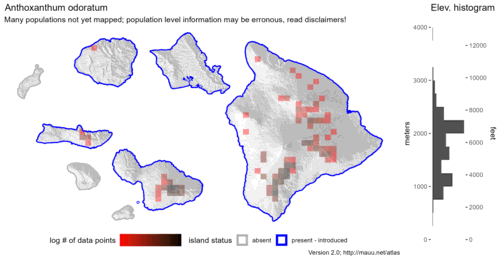

Inflorescence
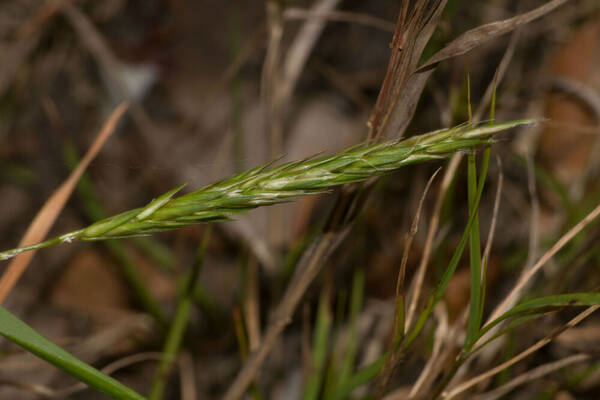
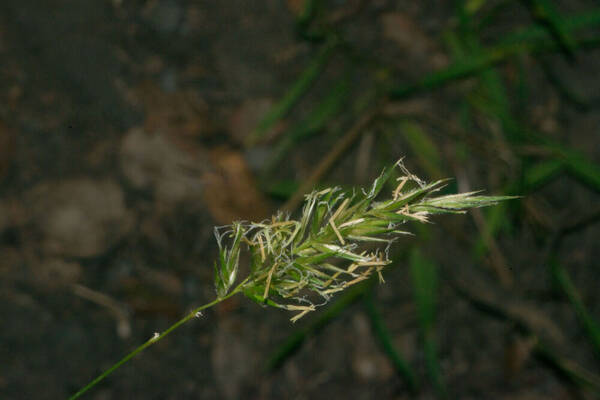
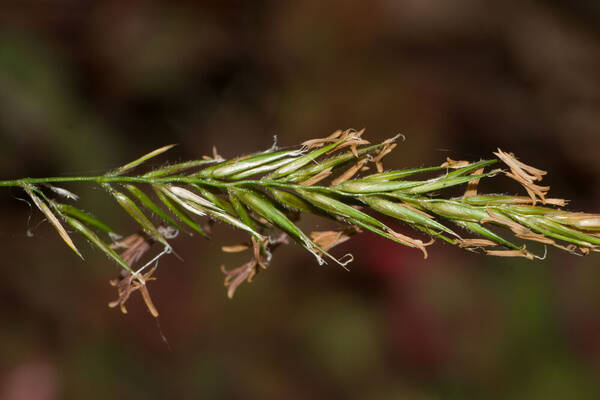
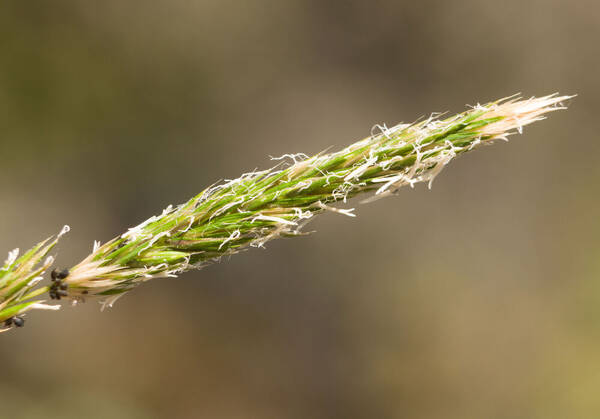
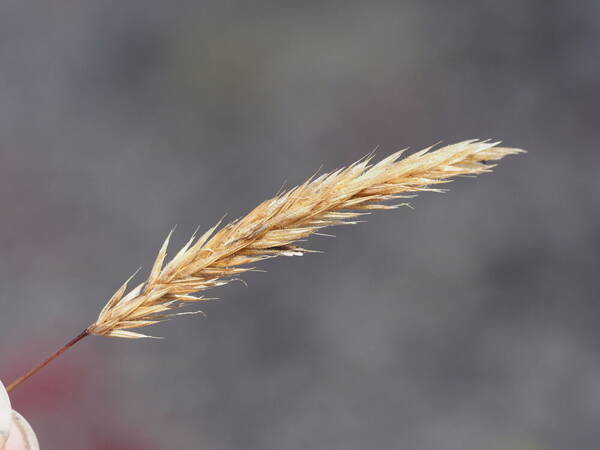
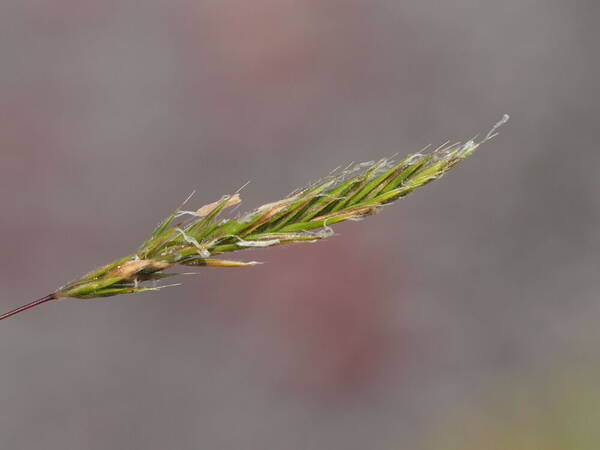
Plant
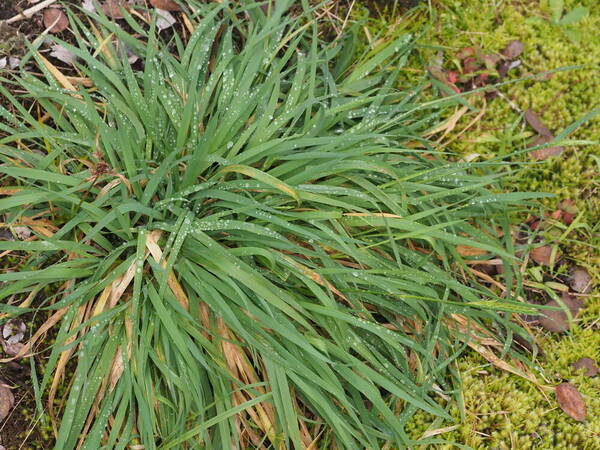
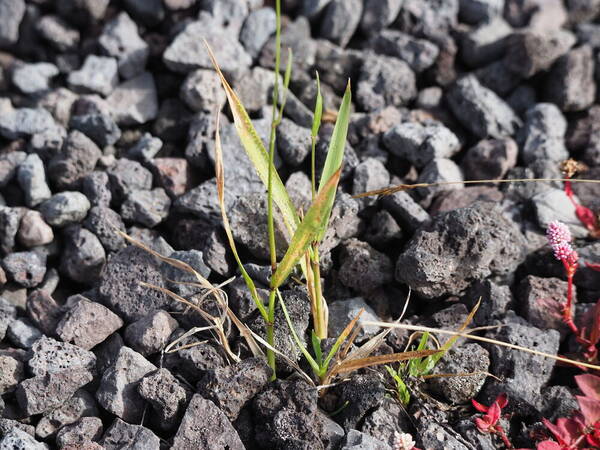
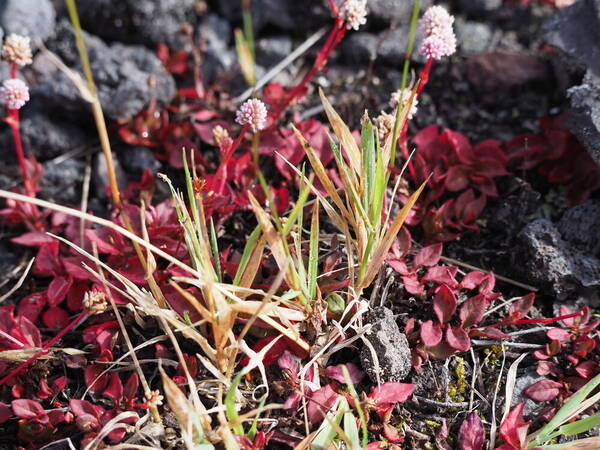
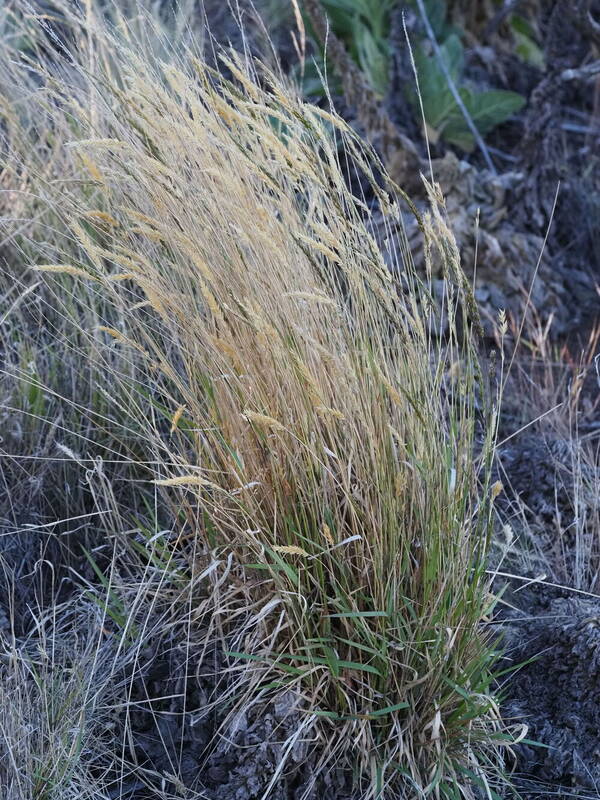
Habit
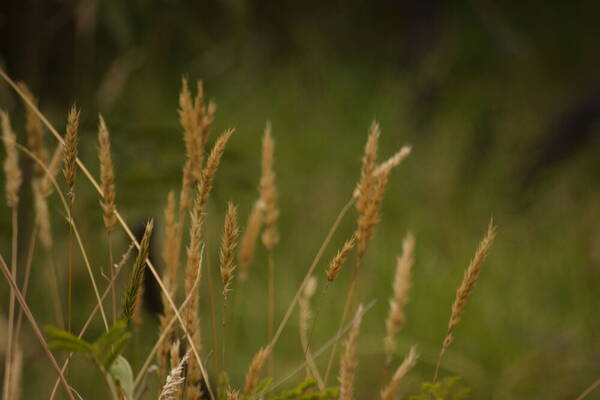
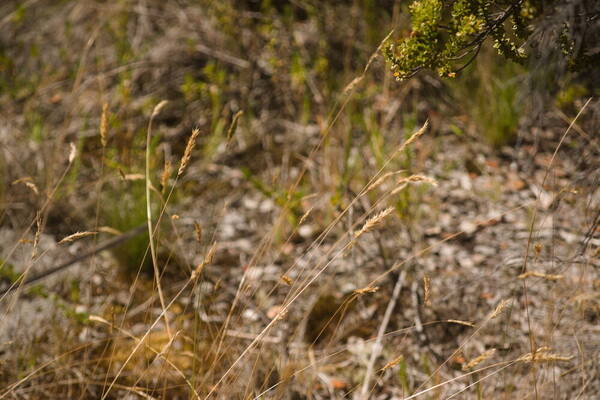
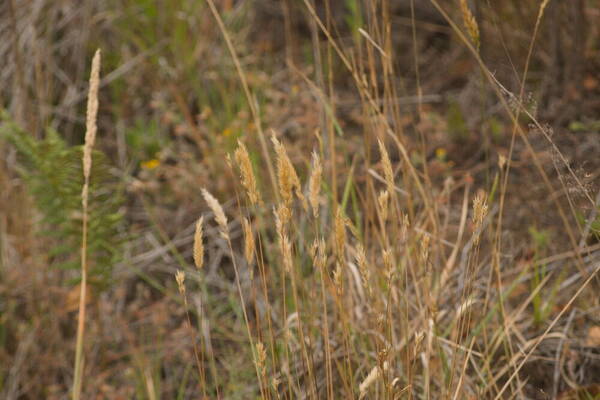
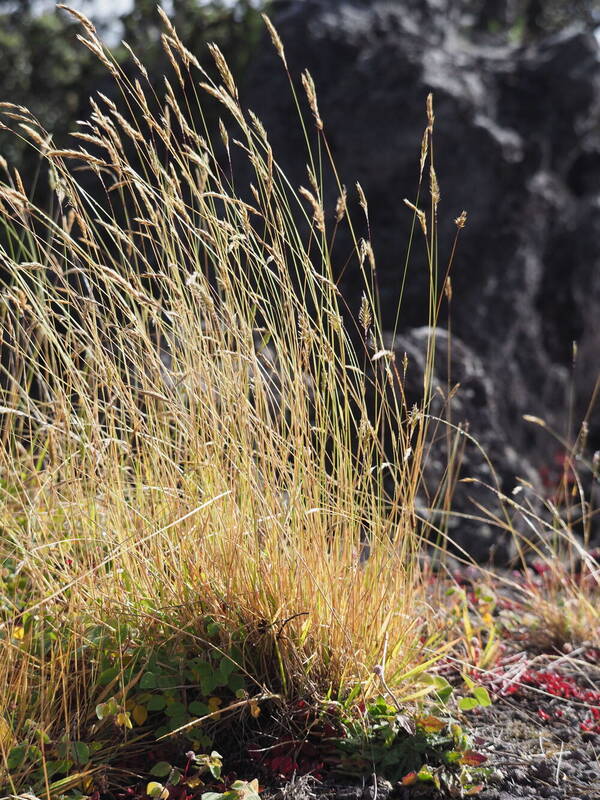
Spikelets
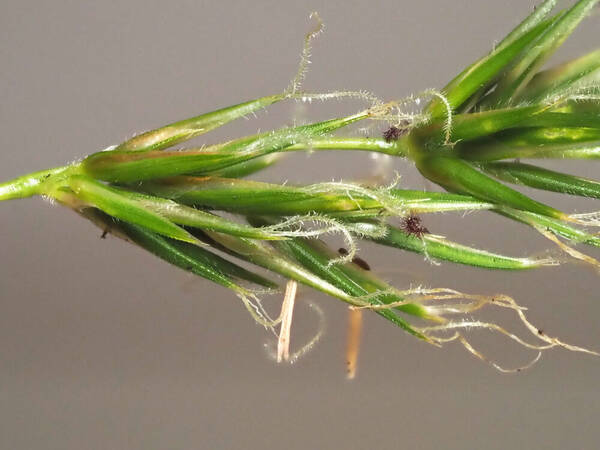
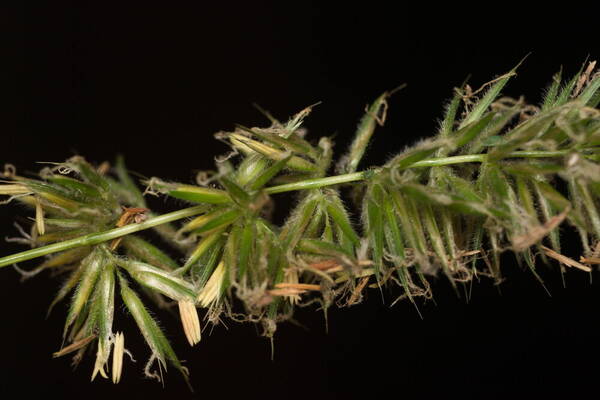
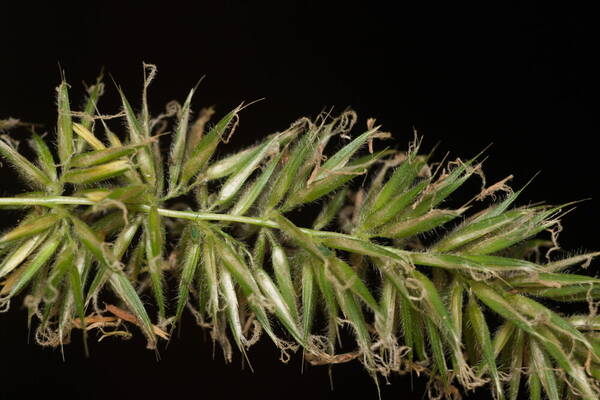
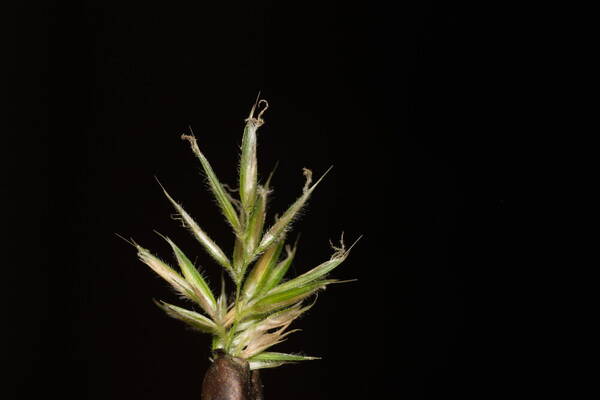
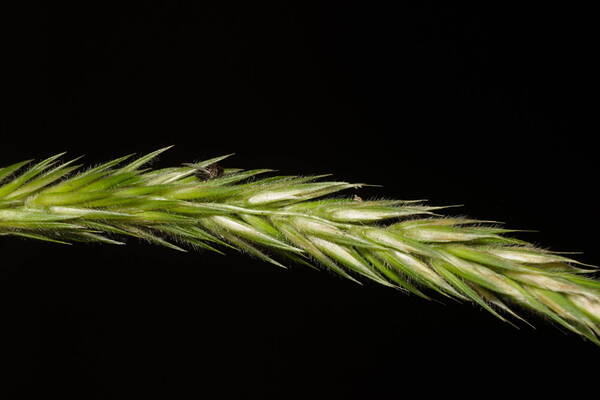
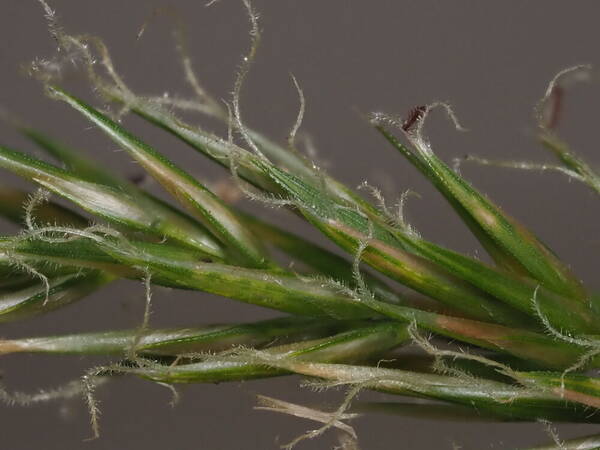
Landscape
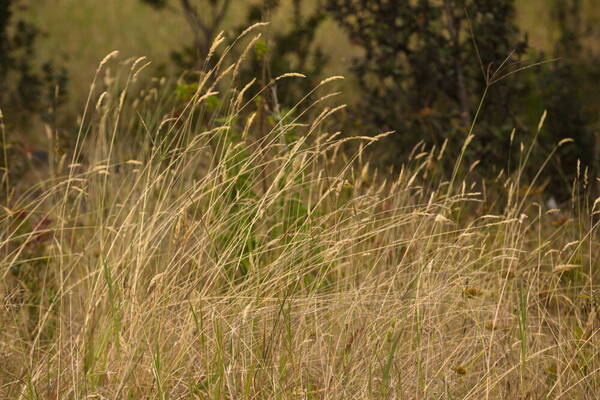
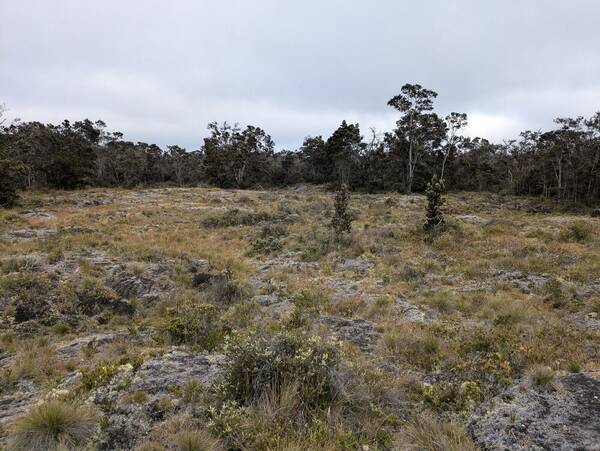
Description
Plants perennial. Culms (10) 25-60(100) cm, erect, simple or sparingly branched. Auricles 0.5-1 mm, pilose-ciliate, sometimes absent; ligules 2-7 mm, truncate; blades 1-31 cm long, 3-10 mm wide. Panicles (3) 4-14 cm, the spikelets congested; lowermost branches 10-25 mm; pedicels 0.5-1 mm, pubescent. Spikelets 6-10 mm; lower glumes 3-4 mm; upper glumes 8-10 mm; sterile florets 3-4 mm, awn of the first floret 2-4 mm, awn of the second floret 4-9 mm, equaling or only slightly exceeding the upper glumes; bisexual florets 1-2.5 mm; anthers 2, (2.9)3.5-4.8(5.5) mm. 2n = 10,20.
(Description source: Barkworth, M.E., Capels, K.M. & Long, S. (eds.) 1993. Flora of North America, north of Mexico. Volume 24. Magnoliophyta: Commelinidae (in part): Poaceae, Part 1. Oxford University Press, New York. 911 pp. http://floranorthamerica.org/Anthoxanthum_odoratum )
Slender perennials, forming small tufts; culms erect or spreading, 30-60 cm long, ca. 1 mm in diameter, hollow, glabrous, nodes darker than internodes, glabrous. Sheaths 3-8 cm long, striate, shorter than internodes, glabrous or with weak retrorse hairs, ciliate at throat; ligule conspicuous, sometimes purple, membranous, 1.5-4 mm long; blades 5-20 cm long, 2-7 mm wide, glabrous or with scattered weak, soft hairs, conspicuously auriculate. Inflorescence a spike-like, solitary, terminal, cylindrical panicle 3-8 cm long, 0.5-1.5 cm in diameter, peduncle slender, smooth, 10-35 cm long, rachis obscured by the closely imbricate spikelets, the branches very short; spikelets subsessile, lanceoloid, 6.5-10 mm long; glumes membranous, glabrous or with scattered weak hairs, first glume ovate, acute, 3.5-4 mm long, 1-nerved, scabrous on the nerve, second glume ovate, acuminate, 6.5-8.5 mm long, 3-nerved, scabrous on nerves, scaberulous between the nerves; sterile lemmas subequal, oblong, 2.5-3.2 mm long, apex bifid, brownish appressed hirsute, first lemma awned from slightly below apex, the awn straight, ca. 6 mm long, second lemma awned from near base, the awn geniculate, ca. 6 mm long; fertile floret 2-2.5 mm long, enclosed within the 2 sterile lemmas, lemma reddish to dark brown, glossy, broadly ovate, glabrous, acute; palea membranous, narrow, obtuse, ca. 1.5 mm long, wholly enclosed by the lemma. Caryopsis linear, 1.3-2.5 mm long. [2n = 10, 15, 16, 20, 21.]
(Description source: O’Connor, P.J. 1990. Poaceae, pp. 1481–1604. In: Wagner W.L., Herbst D.R. & Sohmer S.H. (eds.)., Manual of the flowering plant of Hawaiʻi. Vol. 2. University of Hawaii Press & Bishop Museum Press, Honolulu )